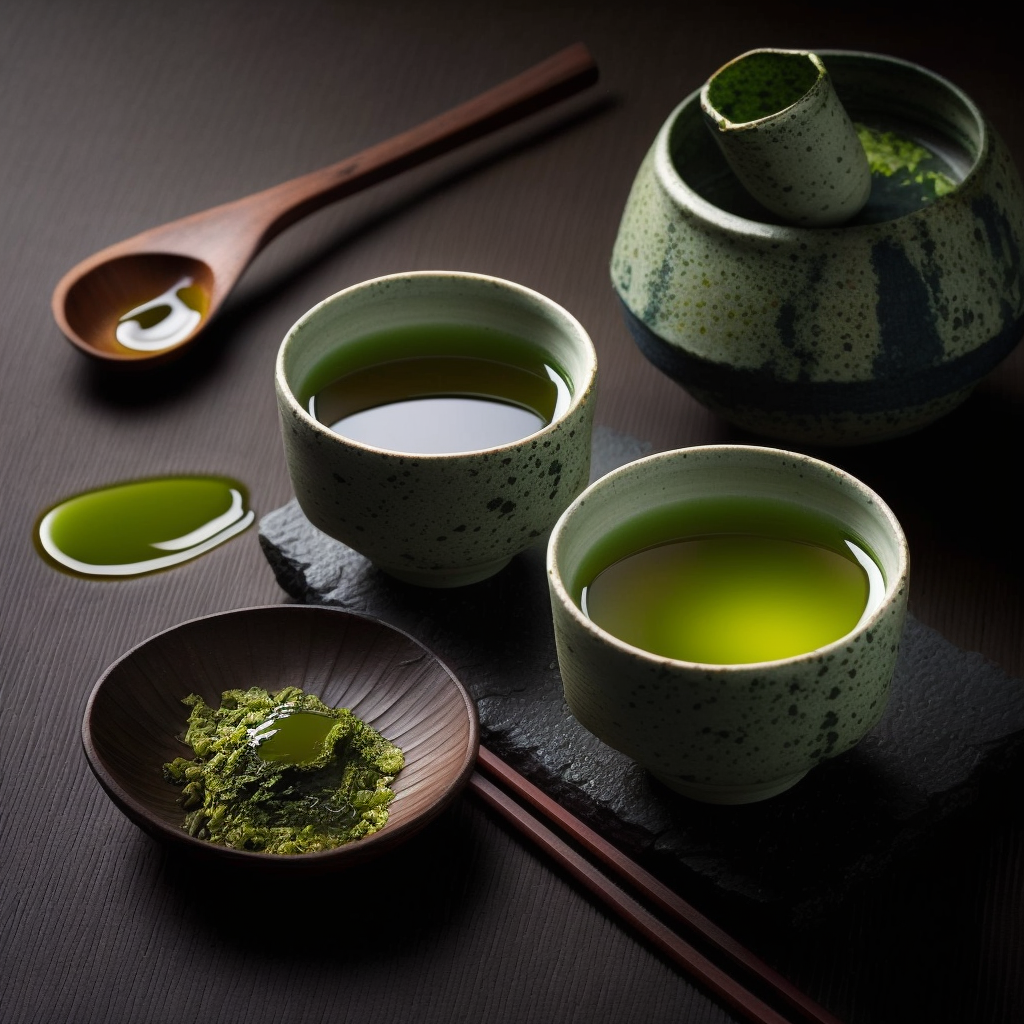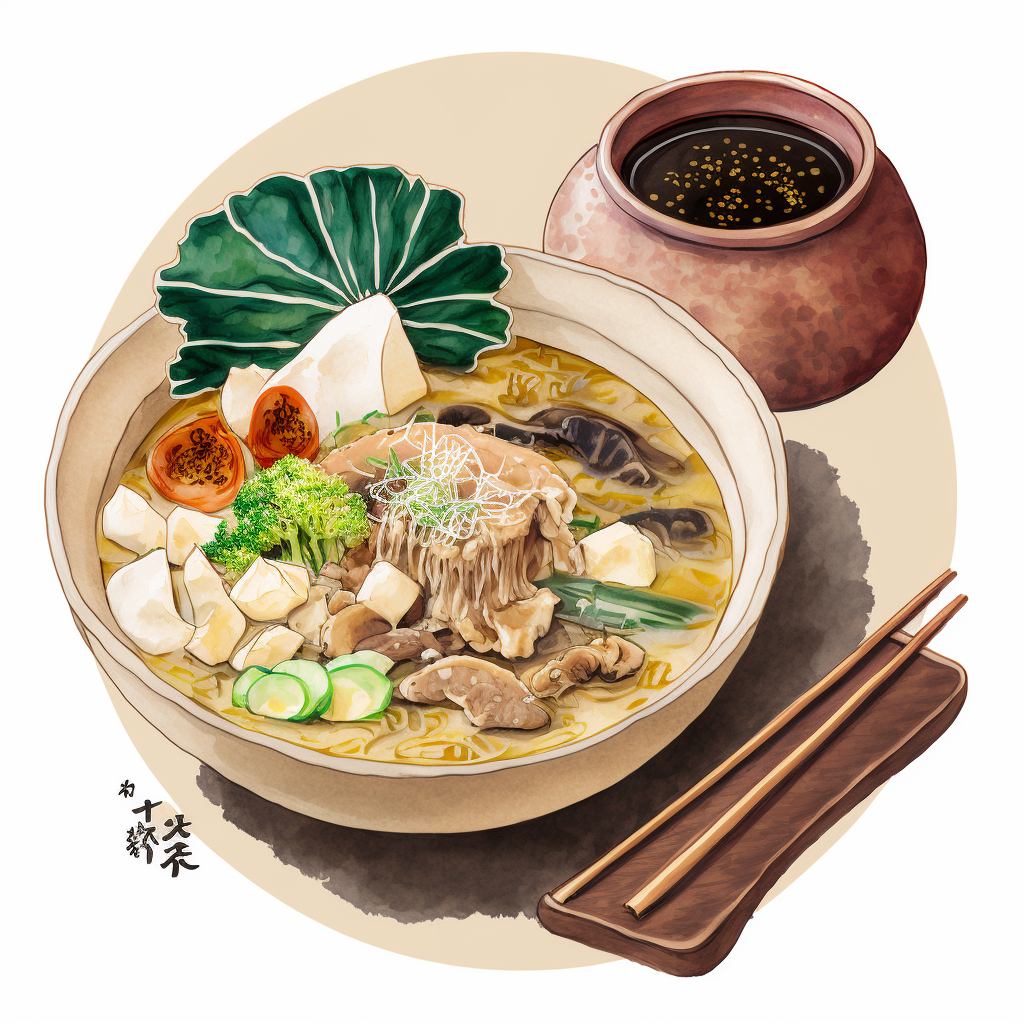The Japanese culture is unique and brings a great variety of culinary delights to the table. Its green teas are among the most sought after and appreciated in the world. The many varieties available, ranging from the palest and lightest to the richest and deepest, offer a variety of unique and fresh flavors for fans of this drink. Discover the different nuances of Japanese green teas and explore new aromatic horizons.
Discover the World of Japanese Green Teas
Japanese green teas are renowned for their quality and subtle flavors. Among the most well-known is matcha, which is a mixture of green tea powder and is frequently used in Japanese tea ceremonies. Sencha is another type of Japanese green tea that is produced from the tenderest and freshest leaves. It is known for its vegetal flavor and intense green color. Gyokuro is a rare green tea whose leaves are covered with cloth during growth, giving it its rich flavor and delicate nuances. Finally, Bancha is a more robust green tea blend that is produced from less fresh and less expensive tea.
Explore the Unique Aromas of Japanese Green Teas
Tea lovers will find a variety of flavors and aromas in Japanese green teas. The flavors range from light and sweet to rich and smoky. Floral and freshly cut herb notes are among the most common. One can also expect fruity and nutty accents. Vegetal taste is a very frequent and delicate taste. Finally, matcha teas have a slightly bitter taste, giving a revitalizing and stimulating sensation.
The Different Japanese Teas
-
- Sencha, this type of tea is the most popular in Japan. It is produced from green tea leaves using the steaming method, which is used to preserve the taste and nutrients of the leaves. Sencha has a fresh and hearty taste with a slight astringency.
- Gyokuro, this tea is considered one of the most precious green teas in Japan. It is grown in the shade to reduce the amount of direct light the leaves receive, allowing for a sweet and aromatic tea with a nutty flavor.
- Matcha, this green tea is ground into fine powder and is often used for matcha tea preparation. It is grown in the shade and is characterized by a bright green color, umami flavor, and creamy texture.
- Bancha, this type of tea is produced from less ripe green tea leaves than those used for Sencha. It has a lighter and less hearty taste with reduced astringency.
- Hojicha, this green tea is roasted to give a unique flavor, slightly caramelized, and a dark brown color. It has reduced caffeine content and is often consumed in the evening.
- Genmaicha, this type of tea is a mixture of Bancha and roasted rice grains. It has a light taste and a nutty flavor.
- Kabusecha, this type of tea is grown in the shade for a short period of time, allowing for a sweeter tea than Sencha. It has a sweeter taste and reduced astringency.
- The Yutaka Midori green tea is grown from the Yutaka Midori tea variety and has a fresh and full-bodied taste with reduced astringency.
- Shincha, this type of tea is made from the first leaves of the green tea season and is considered the best tea of the year. It has a lighter taste and a sweeter flavor than Sencha.
- Tamaryokucha, this type of green tea is grown in the Kyushu region of Japan and is characterized by its necklace-shaped leaf form. It has a slightly tart taste and a sweet flavor with a slight astringency.
Japanese green teas are very versatile and can be enjoyed both pure and in cocktails and drinks. Tea-based cocktails are a unique and interesting way to enjoy the variety and unique flavors of Japanese teas. You can also mix several tea varieties to create a unique blend.
Japanese green teas are a delicious addition to taste pleasures. Each variety offers a unique blend of aromas and flavors, as well as medicinal and health properties. Japanese green teas are available online and in specialty stores and are an excellent way to enjoy the unique and exquisite pleasures of Japanese culture.
Embark on a culinary journey through the world of Japanese green teas by clicking on this link.



